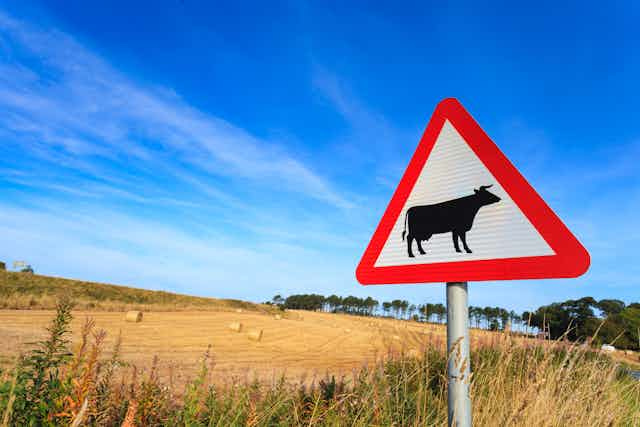Britain’s farmers are almost 18 times more likely to be killed on the job than the average industrial worker, and the fatality rate is increasing. Look through the government’s summary of the 33 fatal farm, forestry and fishing accidents in 2017/18 and there were a number of types of fatalities such as falls, crushes, electrocutions and equipment malfunctions. Most people (but not farmers) might be surprised to learn that work with cows is particularly dangerous – “crushed by a bull” was the single most common cause of death.
So what can be done? There’s no doubt that farming is a hard and relentless occupation and workers endure long hours and heavy workloads. For many farmers, it is more a way of life than a hobby or a job, and farms are often passed down from generation to generation, with families following the customs and traditions of their ancestors.
With increasing financial pressures, weather considerations and hard workloads, farmers are often forced to work long hours and cut corners in relation to safety. A number of jobs are required to be carried out on the farm and it has long been tradition among farmers to be a “Jack of all trades” instead of wasting money on specialist tradesmen or contractors. As such, it has become part of the culture of farming to turn your hand to anything, which begs the question of whether farmers actually realise farming is unsafe.
This traditional mindset, combined with ever-increasing fatalities from farming incidents, demonstrate an urgent need for change. The sector does not appear to be learning from mistakes made.

If farmers themselves won’t take the lead then the government’s Health and Safety Executive (HSE), which regulates safety at work, must change its approach to the industry. Things aren’t simple enough to be solved by top-down action alone, however, and change will also require a more collegiate approach across the sector. Either way, cultural change will be hard and will take time.
Farming is one of the most dangerous industries, yet was a latecomer compared to other industries in terms of regulation. Although regulation and enforcement has increased over time, accidents and fatalities continue to rise and the same types of incidents reoccur time after time, demonstrating a failure in the system.
While we understand that agricultural incidents can happen and will continue to happen, there is no legal requirement for farm workers to undertake any form of health and safety course or training. Regulations are in place, but they will only work if farmers understand them and take their time to put measures in place to prevent or at least reduce such horrific incidents.
People have been highlighting these issues for a long time. Back in the 1960s, a government researcher named GS Wilson compiled a report on farm safety and concluded that, “although men have readily adapted themselves to new machines and methods, they have not proved as able to recognise new dangers and learn how to guard against them”.
The types of agricultural accidents Wilson looked at are still the main causes of injury and death today. It seems there has been little progress over the past five decades, and lessons are not being learned.
The HSE does provide a number of leaflets and booklets to help agricultural workers understand their obligations to comply with the law and work safely. The problem is ensuring that all those who are working on farms, whether that be employed, self-employed or the employer, have engaged with such advice.
The HSE and the National Farmers Union are both trying to raise awareness of safety issues, and run various education campaigns. These initiatives are important as there is no legal requirement for farmers to attend any health and safety courses.
Farmers do require certification for insurance purposes and for compliance with hazardous substances. Perhaps implementing similar certification for farm safety would be a good step forward.
At the turn of the century, it was the construction industry that had more fatalities per worker than any other sector. It then implemented a continued professional development programme, which ensures that workers undertake training at set intervals to enable them to carry on working on sites. If it worked for construction, then surely it could also work in the sector that has now adopted the “most fatal” mantel – farming.

